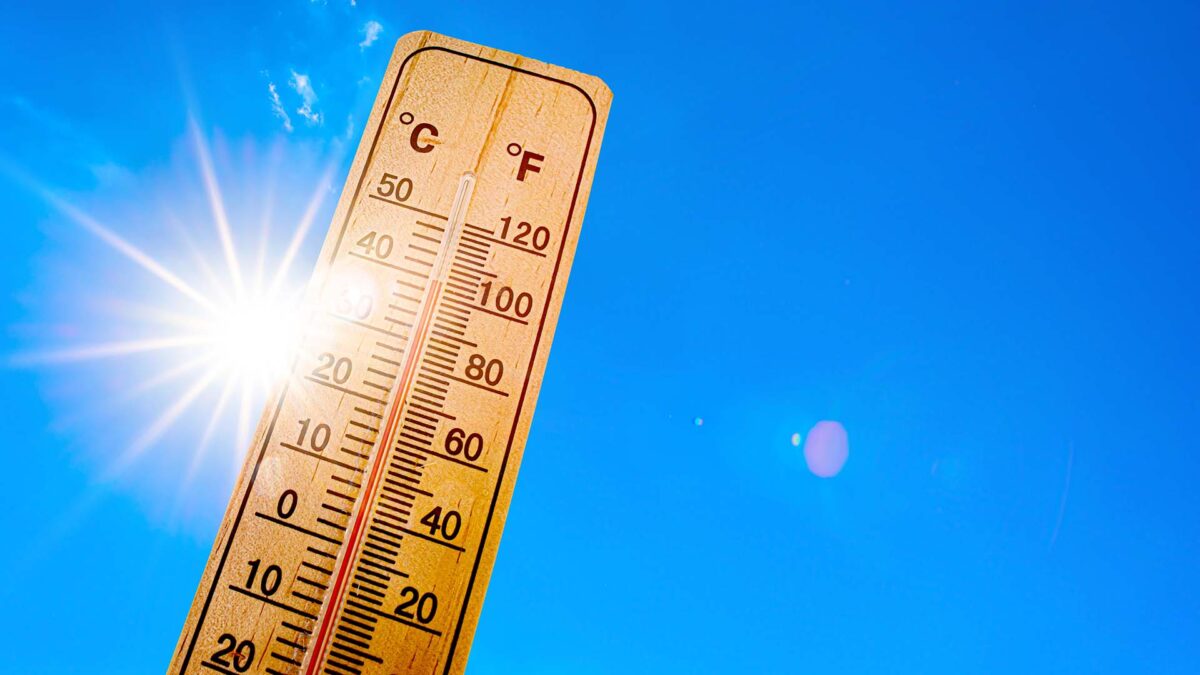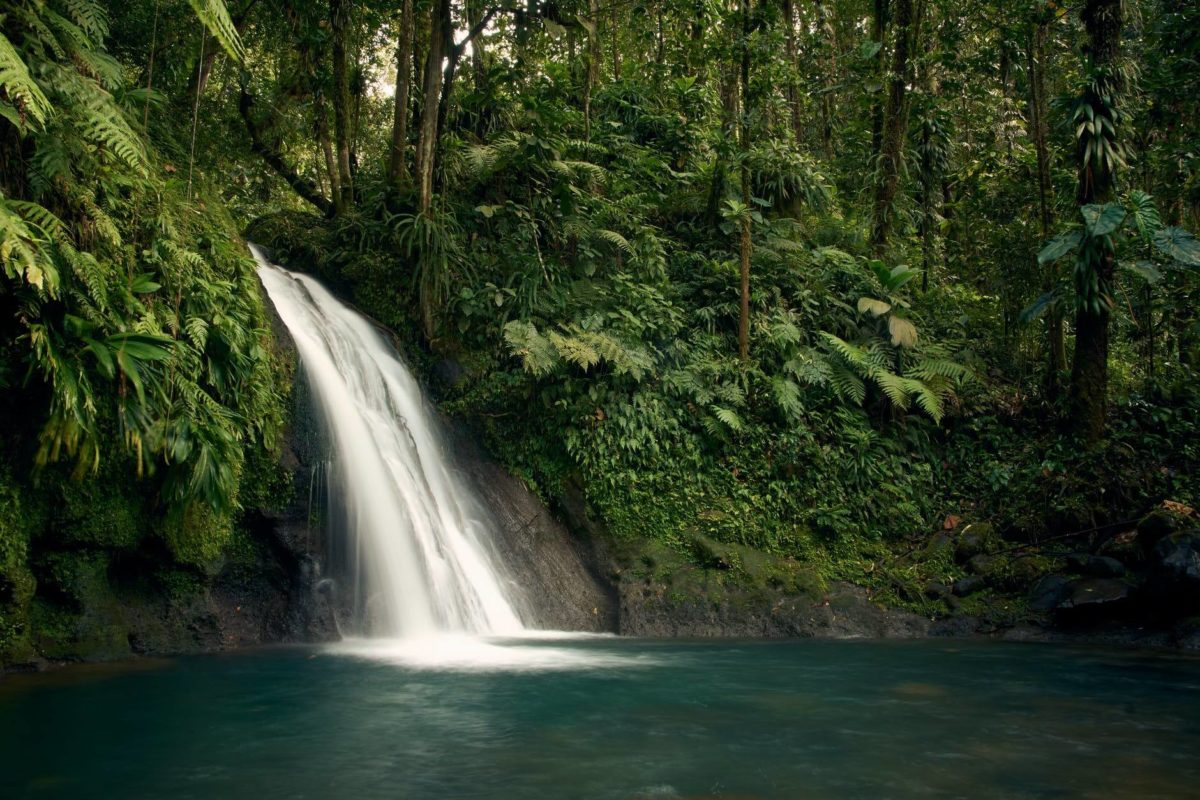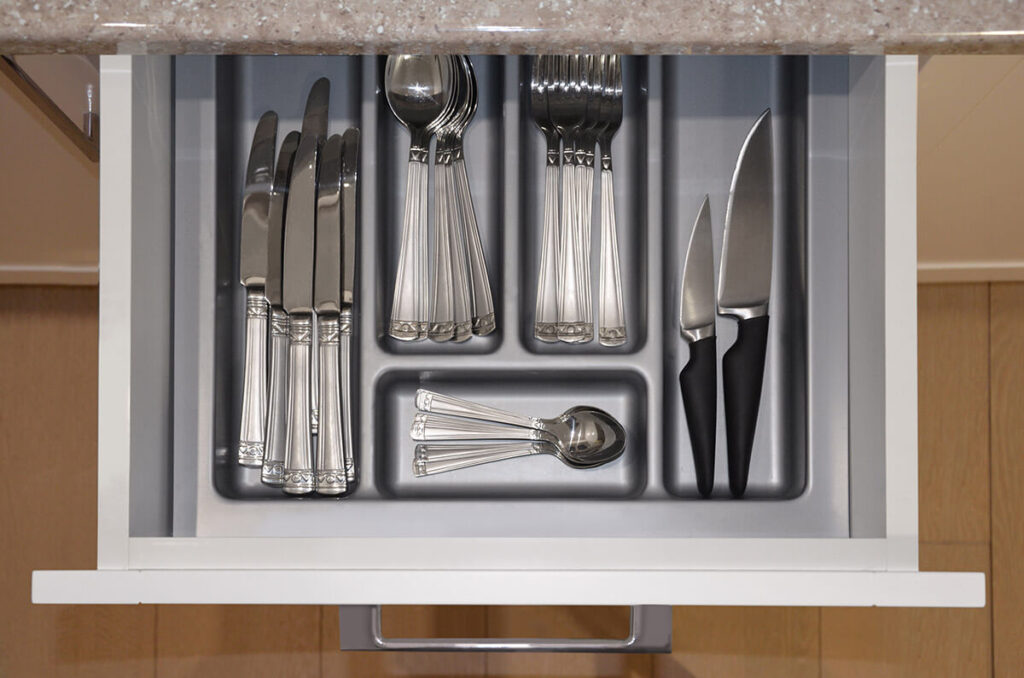It’s time to bid farewell to the chilly woes and embark on an adventure under the warm, glorious sun! Moving to a warmer climate is like unlocking a treasure chest of perpetual summer vibes and Vitamin D galore. Whether you’re dreaming of sipping cocktails by the beach or simply leaving the snow shoveling days behind, here are some tips for embracing the sun-drenched life.


If you wish to relocate to a warmer climate, research and choose the location carefully and start preparing for the change. Consider hiring international movers for the job, as this will allow you to focus on getting acclimated to the new place. Research available outdoor activities, learn how to stay hydrated in the new conditions and make changes to your daily routine and new home.
#1 Research and Choose the Ideal Location
When it comes to moving overseas to a warmer climate, research should be your trusty compass. Take the time to explore various locations and, if possible, decide where to live based on your preferences. Once you have a few potential destinations in mind, dig deeper into the weather patterns throughout the year, considering factors such as temperature and humidity.
But remember, it’s not just about the heat! When moving to a new city, think about the overall lifestyle and amenities that will enhance your experience. Are you dreaming of experiencing the bustling energy similar to the one that comes with living in Hawaii, or would you prefer the laid-back charm of a quiet coastal town? Stay on top of your research, and you’ll be able to make a well-informed decision and ensure a smoother transition to your new sun-soaked abode.


#2 Prepare for the Climate Change
Picking one of the best warm climate places to live in as your next destination is an exciting opportunity to embrace a different way of life and gain a new perspective that comes with adjusting to a new country.
But before you start packing your flip-flops and preparing for the inevitable culture shock, one of the most important relocation tips is to ensure you’re fully equipped to handle the heat wave. This is done by taking time to understand the temperature ranges, humidity levels, and the presence of any seasonal variations in your new home. After all, preparation is always the golden ticket to an efficient move and a smooth transition.
Plan For Appropriate Clothing, Sun Protection, and Hydration
The key to packing efficiently is to bring only what you truly need, simple as that. So, update your wardrobe with lightweight, breathable fabrics like cotton and linen, opting for loose-fitting clothes that allow air circulation. It’s best to get rid of most of your winter clothing and keep only the essentials – you can sell the rest of it or make a donation to organizations such as Goodwill.
Also, it’s important to prioritize sun protection by using high-SPF sunscreen and wearing wide-brimmed hats, as well as long-sleeved shirts. Last but not least – stay hydrated by drinking plenty of fluids throughout the day.


#3 Hire International Movers to Do the Heavy Lifting
Moving internationally to a warmer climate involves a significant logistical challenge, especially when it comes to transporting your belongings across borders and dealing with overseas vehicle shipping. That’s where a reputable overseas moving company, such as Sunset International Shipping, comes to the rescue!
Professional international movers specialize in handling the complexities of relocating across the globe, including customs regulations, documentation, and transportation logistics of shipping overseas. They will carefully pack and secure your belongings, taking precautions to protect your most valuable and fragile items. By booking professional packing services, you can save time and energy. Instead of dealing with all of that relocation stress, you’ll be able to focus on settling into your sun-drenched abode.
#4 Adjusting Your Home for the New Climate
The moving day has come, and your new home awaits, so it’s time to make it your cool oasis! Adjusting it to the specific demands that come with higher temperatures is essential for maintaining not only comfort but also energy efficiency. From regulating indoor temperatures to taking a crack at some landscaping, let’s explore some key adjustments you should make.
Install Proper Insulation, Fans, or Air Conditioning to Regulate Indoor Temperature
Proper insulation helps keep the heat out and maintains a pleasant indoor temperature, so it’s best to insulate your roof, walls, and windows to minimize heat transfer and create a barrier against the scorching sun.
Depending on the climate and your personal preferences, investing in an air conditioning system can be a game-changer. It provides instant relief during hot spells, allowing you to enjoy a refreshing environment indoors. Fans are also excellent additions to your home, as they circulate the air, creating a cooling breeze that can make a significant difference in comfort.
Create Shaded Areas and Consider Using Energy-Efficient Measures
To enjoy outdoor spaces while escaping direct sunlight, install pergolas or awnings over patios, balconies, or windows facing the sunniest side of your home. You can also strategically plant trees or tall shrubs around your property to create natural shade and reduce heat radiation.
Additionally, you should consider using reflective window films to minimize heat gain, as well as energy-efficient light bulbs, as implementing these measures can help reduce your overall energy consumption and keep your home cool.


#5 Stay Hydrated and Protect Your Skin
Moving across the world to a warmer climate means basking in glorious sunshine, but it also requires you to pay close attention to your body’s hydration and sun protection needs. We’ve already covered some useful tips for staying out of the scorching sunlight, so now, let’s dive into some tricks for replenishing fluids throughout the day.
Keep Track of Your Water Intake by Setting Reminders or Using an App
Higher temperatures and increased perspiration can easily lead to dehydration if you’re not being careful. It’s crucial to keep track of your water intake and stay hydrated throughout the day. Here are a few helpful tips:
- Keep a reusable water bottle with you at all times, as having it readily available will serve as a reminder to drink regularly throughout the day,
- Consider setting reminders on your phone or using hydration-tracking apps if you’re having trouble with taking regular sips,
- Incorporate drinks that contain electrolytes, such as sports drinks or coconut water, as they help replenish essential minerals lost through sweat.
Staying on top of your water intake can be challenging, but when the temperatures are reaching new heights, it’s a must. No matter how engrossed you become in your daily activities, hydration should always be a top priority. Also, don’t let the abundance of alternatives like coffee, soda, and energy drinks sway you in the wrong direction – these beverages can’t replace the replenishment of drinking water. For further information and some additional tips, here’s a great video:
#6 Adjusting Your Daily Routine and Schedule
No matter if you’re moving to a big city or a smaller home, adjusting your daily routine and schedule to the unique characteristics of your new environment is crucial for your comfort and well-being. So, let’s look at some of the ways you can make the most of your days in your new sunny paradise.
Plan Outdoor Activities During Cooler Times of the Day
To make the most of your outdoor activities while avoiding extreme heat, it’s best to plan them during the cooler times of the day. Early mornings and late afternoons tend to offer more pleasant temperatures, allowing you to enjoy outdoor excursions or exercise without feeling overwhelmed by the heat. Here are some fun suggestions for activities you can try out:
- Beach day,
- Hiking and nature trails,
- Water sports,
- Picnic in the park,
- Cycling or rollerblading,
- Sunset strolls,
- Outdoor concerts or festivals.
The Peak Hours of the Day Should Be Reserved for Indoor Activities
The midday sun, typically between late morning and early afternoon, tends to be the most intense and can increase the risk of heat-related illnesses. Instead of trying to survive in the scorching sun, consider engaging in indoor activities that don’t require exposure during those hours of the day. It could be the perfect time to explore indoor attractions, indulge in relaxation time, or tackle tasks that can be done in the comfort of air conditioning.


#7 Be Mindful of Wildlife and Insects
Moving abroad to a new location means entering a whole new realm of wildlife and insects. Each region has its own unique ecosystems and species, and being knowledgeable about them will allow you to appreciate and respect their natural habitats. So, let’s delve into some valuable tips that will help you navigate and understand the wildlife and potential encounters you may come across in your new surroundings.
Research and Understand Local Wildlife and Potential Encounters
First and foremost, familiarize yourself with the animals, birds, and reptiles that are native to the area. Take time to understand their behaviors, habitats, and any potential risks associated with encounters. But it’s not only about thinking of your own safety – you should learn about the local wildlife conservation efforts and any protected species in the area.


#8 Explore Local Cuisine and Hygiene Practices
One of the most exciting aspects of relocating to a different country is immersing yourself in the local culture, and what better way to do that than through food? Exploring the local cruising allows you to tantalize your taste buds with new flavors and embrace the culinary traditions of the place you now call home. Moreover, it could be a great way to break the language barrier and make some great friends.
Try Local Dishes and Incorporate Them Into Your Diet
As soon as you get there, start trying local dishes and delicacies that are unique to the new location. Visit local markets or street food stalls, and be open to exploring different flavors, spices, and cooking techniques. Incorporate these dishes into your diet, allowing yourself to indulge in the rich tapestry of flavors that the local cuisine has to offer.
Adapt Hygiene Practices to Account for the Climate
When relocating to a place with higher temperatures, it’s essential to adapt your hygiene practices to account for the specific challenges that come with the environment. Humid climates can foster the growth of bacteria and fungi, so pay extra attention to personal hygiene, such as regular showering, changing clothes, and keeping your living space clean and dry.
As for the food, proper handling and storage become even more crucial with warmer temperatures. Ensure that perishable items are stored correctly, and be mindful of food hygiene practices to prevent foodborne illnesses.


#9 Embrace the Lifestyle and Cultural Differences
Relocating to any new destination abroad, especially one with a warmer climate, offers an incredible opportunity to embrace a brand-new lifestyle and immerse yourself in cultural differences. Engage with the local community, participate in cultural events, and learn about their traditions and customs. As long as you stay open-minded, the whole experience will enrich your understanding of the culture and foster meaningful connections.


Follow Our Tips, and You’ll Relocate and Adapt to the New Conditions Without a Problem
Now that you’re armed with a treasure trove of tips, your relocation to a warmer climate will ironically be a breeze. However, if you want to embark on this life-altering journey with complete peace of mind, working with an overseas shipping company and booking moving services can be just what you need.
Contact Sunset International Shipping and let the expertise of a professional international moving company ensure you a seamless transition to your dreamland. Don’t let any stress dull your sunshine-filled excitement – the sun-kissed days are waiting for you!
FAQ
To acclimatize to the heat and humidity, gradually expose yourself to the new climate. Stay hydrated, dress in lightweight and breathable fabrics, and take breaks in shaded or air-conditioned areas.
Health risks in a warmer climate include heat exhaustion, heatstroke, dehydration, and increased exposure to sunburn. To mitigate these risks, stay hydrated, use sunscreen, seek shade during peak sun hours, and be mindful of your body’s limits in high temperatures.
To find indoor activities or escape the heat during the hottest months, explore air-conditioned venues such as museums, shopping malls, libraries, or indoor recreational facilities. Engage in hobbies or activities that can be enjoyed indoors, such as cooking, painting, reading, or watching movies.











